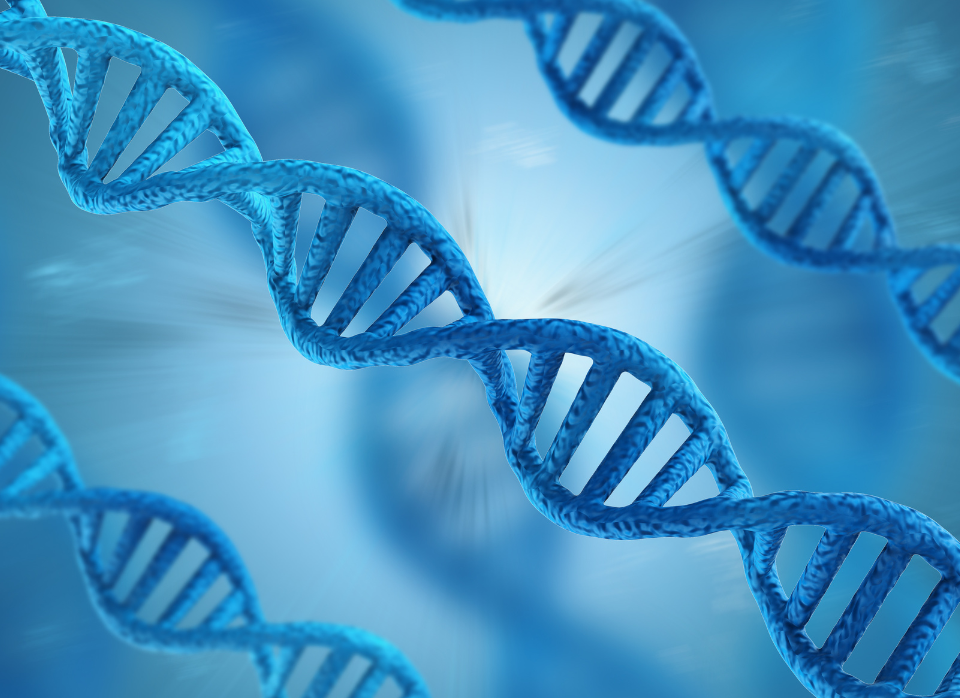
Understanding Anxiety Attacks: Length, Signs and How to Calm Them
May 30, 2024
Understanding How Common Anorexia Nervosa Is
June 7, 2024Anorexia nervosa is a complex and potentially life-threatening eating disorder characterized by an intense fear of gaining weight and a distorted body image. Understanding how anorexia develops, what the cause is, and the diagnostic criteria is crucial for early detection and intervention.

How Does Anorexia Develop?
Anorexia nervosa often develops through a combination of genetic, psychological, environmental, and sociocultural factors. It typically begins in adolescence or early adulthood, although it can occur at any age. The development of anorexia is usually gradual, starting with a diet or exercise regime that spirals into an obsession with weight loss.
- Genetic Factors: Research indicates that genetics play a significant role in the development of anorexia. Individuals with a family history of eating disorders, depression, or anxiety are at a higher risk. Specific genetic markers may predispose individuals to developing anorexia, affecting brain chemistry and influencing behaviors related to food and body image.
- Psychological Factors: Personality traits such as perfectionism, low self-esteem, and a high need for control can contribute to the development. People with these traits may use food restriction to exert control over their lives, especially during stressful or chaotic times.
- Environmental Factors: Environmental influences, including family dynamics and peer pressure, can significantly impact the development of anorexia. Families that place a high emphasis on appearance and dieting, or those that experience high levels of conflict and stress, can contribute to an individual’s risk. Social pressures, particularly from media and societal standards glorifying thinness, also play a critical role.
- Sociocultural Factors: A cultural obsession with beauty standards, perpetuated by media, fashion, and diet industries, leads to body dissatisfaction and unhealthy behaviors. Individuals constantly exposed to images and messages equating thinness with success and happiness are more likely to develop anorexia.
What Can Cause Anorexia?
Understanding what can cause anorexia involves recognizing the interplay between various risk factors and triggers. Several potential causes include:
- Biological Factors: Hormonal imbalances and neurotransmitter dysfunctions, particularly involving serotonin and dopamine, can influence eating behaviors and mood regulation. These biological irregularities can make individuals more susceptible to developing anorexia.
- Psychological Disorders: Comorbid conditions such as depression, anxiety disorders, and obsessive-compulsive disorder (OCD) are common among individuals with anorexia. These disorders can exacerbate symptoms and complicate treatment.
- Trauma and Stress: Traumatic experiences, such as physical, emotional, or sexual abuse, can trigger anorexia. High-stress environments and significant life changes (moving, divorce, or loss of a loved one) can also precipitate the disorder.
- Dieting and Weight Loss: Initial dieting, often perceived as harmless, can escalate into anorexia, particularly in individuals predisposed to the disorder. The reinforcement of weight loss through compliments and social acceptance can create a dangerous cycle of restrictive eating and further weight loss.
Diagnostic Criteria for Anorexia Nervosa
The diagnostic criteria for anorexia nervosa are outlined in the Diagnostic and Statistical Manual of Mental Disorders (DSM-5) and include the following key points:
- Restriction of Energy Intake: A persistent restriction leading to significantly low body weight in age, sex, developmental trajectory, and physical health. “Significantly low” is typically a weight less than minimally usual.
- Intense Fear of Gaining Weight: An intense fear of gaining weight or becoming fat, even being underweight. This fear often leads to behaviors that prevent weight gain, such as excessive exercise, purging, or continued food restriction.
- Disturbance in Self-Perceived Weight or Shape: Undue influence of body weight or shape on self-evaluation, or persistent lack of recognition of the seriousness of the current low body weight.
Anorexia nervosa is categorized into two subtypes:
- Restricting Type: During the last three months, the individual has not engaged in recurrent binge eating or purging episodes. Weight loss is achieved primarily through dieting, fasting, and/or excessive exercise.
- Binge-Eating/Purging Type: During the last three months, the individual has engaged in recurrent episodes of binge eating or purging behavior, such as self-induced vomiting or misuse of laxatives, diuretics, or enemas.
Get Help Today
Anorexia nervosa is a multifaceted disorder that arises from a complex interplay of genetic, psychological, environmental, and sociocultural factors. Recognizing how anorexia develops, identifying the causes, and understanding the diagnostic criteria are essential steps in addressing this serious condition.
Early intervention and a comprehensive treatment approach, including medical, nutritional, and psychological support, are vital for recovery and preventing long-term health complications.
____________________________________________________________________________
Looking for treatment for an eating disorder, anxiety, depression, trauma, or postpartum mood disorder?
Evolve Counseling Services is a specialized team of Licensed Therapists providing treatment in Paoli.



